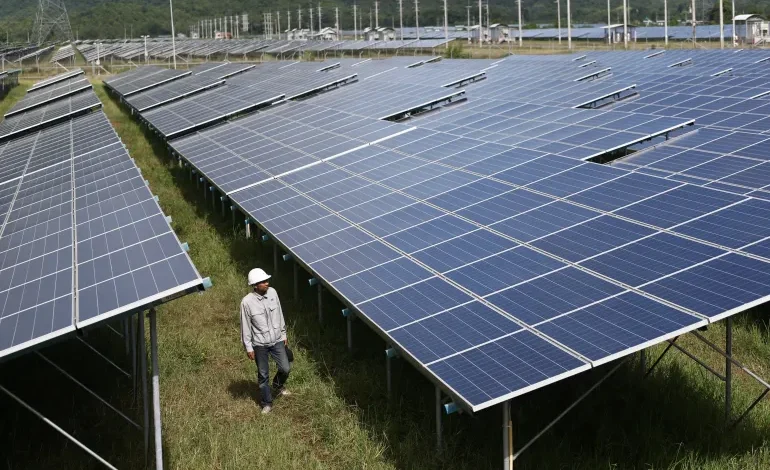Southeast Asia faces a growing risk of becoming even more reliant on fossil fuels as it struggles to meet the region’s surging electricity demand, according to a new report from the environmental think tank Ember, Al Jazeera reports.
The report, released Tuesday, revealed that all of ASEAN’s 3.6% rise in electricity demand last year was met through fossil fuels. This comes as the region’s reliance on renewables fell to 26%, down from 28% in 2022, largely due to declining hydropower production caused by droughts and other extreme weather events.
As a result, carbon emissions in the region jumped by 6.6% last year, adding an alarming 44 million tonnes of CO2 into the atmosphere. Vietnam, Malaysia, and the Philippines were identified as the biggest coal polluters, while Singapore and Thailand’s emissions primarily came from natural gas.
This warning comes as the International Energy Agency (IEA) also issued a stark report on Tuesday, highlighting the need for Southeast Asia to dramatically increase its clean energy investment to achieve its climate goals. The IEA estimated that the region needs to invest $190 billion – five times its current rate – by 2035 to achieve its climate targets.
Despite projections of clean energy sources meeting over a third of the region’s growing energy demand, the IEA report indicates that Southeast Asia remains on track to increase its carbon emissions by 35% between now and 2050.
The IEA report attributed this challenge to the rapid growth in electricity demand across Southeast Asia, which is expected to rise at an annual rate of 4%. Many ASEAN nations are simultaneously trying to modernize and expand their energy generation capacity, leading to conflicting priorities and hindering the transition to renewables, according to the report.









